
If your company is growing considerably geographically, you might be considering opening another branch. Launching a new location may not be hard but maintaining the same level of quality can be a challenge without the proper procedures in place.
Several companies who have spread their branches to different areas share tips on how to balance quality with growth.
Maintaining Quality
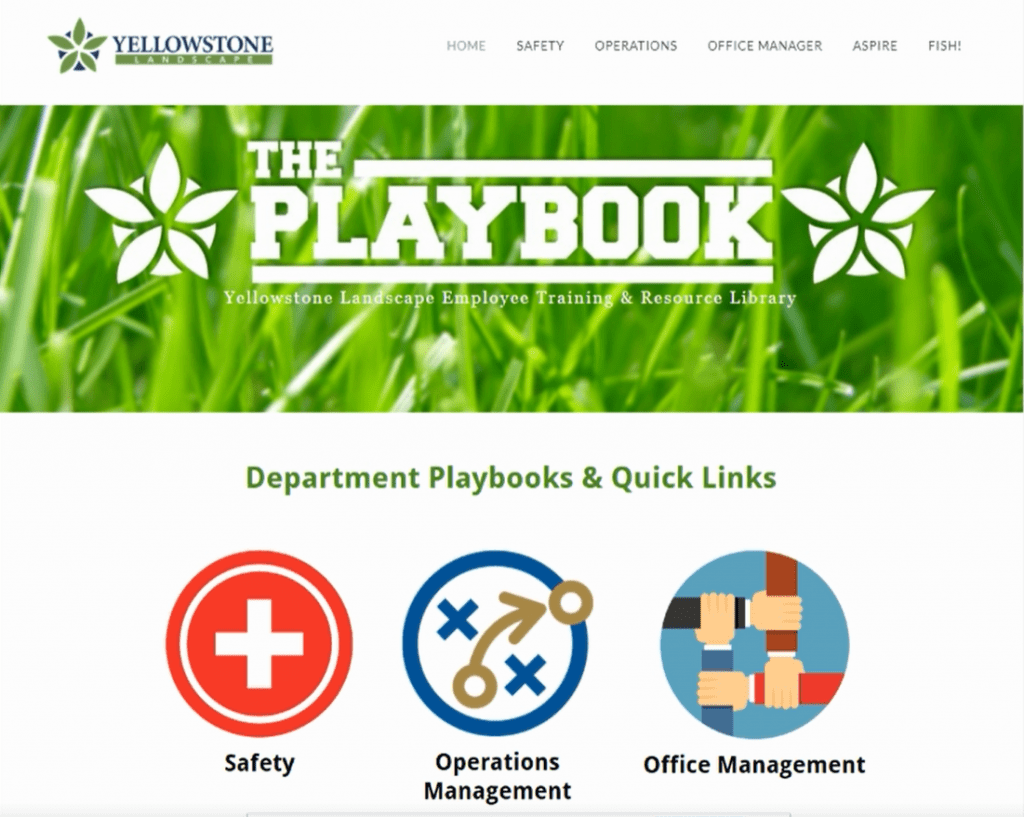
Photo: Yellowstone Landscape
Yellowstone Landscape, headquartered in Bunnell, Florida, has 40+ branches spread across eight states. Marketing director Joseph Barnes says they determine quality based off five main elements: safety, customer service, financial responsibility, growth and team.
“The first thing we really want to do is define what quality means to us,” Barnes says. “Quality is a very relative term so in our world we use five metrics that have worked for us over the years. We talk about these five things in every branch meeting we have. Every branch knows these are the five things they’re getting measured on.”
Adam Jones, vice president of quality assurance for Massey Services, Inc., based in Orlando, Florida, says often company branches typically fall apart when there aren’t scalable policies and procedures in place. He says figuring how you replicate yourself is the real issue. Massey’s founder created policies for everything they do and why they do it and now the company has 147 branches in seven states.
“If you do it successfully here, there’s a reason why you’re successful,” Jones says. “You’ve just got to document what that is and create a process and policize it so that when you open an office, they have basically a playbook that says this is what I need to do each day.”
Massey grows organically where they take an existing service center that has grown to a certain level and then they split that into two new branches. They typically do this every five to six years. Jones compares it to a virus as they try to grow and replicate.
“That gives you the opportunity to take talented people internally and over a course of a five-year cycle develop them,” Jones says. “So, you hire somebody, they start as a technician, a year or two later you promote them to a service manager. A year or two later you’re ready to open up a new office and you’ve got a general manager-in-training that’s ready for that new office.”

Photo: Ruppert Landscape
Some of the ways that Ruppert Landscape, headquartered in Laytonsville, Maryland, ensures that their 26 branches in six states and the District of Columbia maintain the same level of quality include performing regular job inspections, training team members and maintaining a good customer feedback loop.
“Our customers are the ultimate judge of quality, though we also have a responsibility to educate them on best horticultural practices,” says Phil Key, president of Ruppert Landscape.
Oversight and Setting a Range
Ruppert also has experienced team members help make the transition when opening a new branch. These employees sometimes remain to manage the operations long-term, while other times they are there to onboard the new team.
“In maintenance, while we typically expand adjacent to our current markets, we’ve recently begun to explore areas we know are of interest to experienced employees who may want to relocate to a new market, which has led to a couple of unique opportunities,” Key says.
The Greenery, Inc., headquartered on Hilton Head Island, South Carolina, will send a senior manager or group of tenured managers to oversee a new branch’s operations for the first six to 12 months. The Greenery currently has 11 branches in four states.
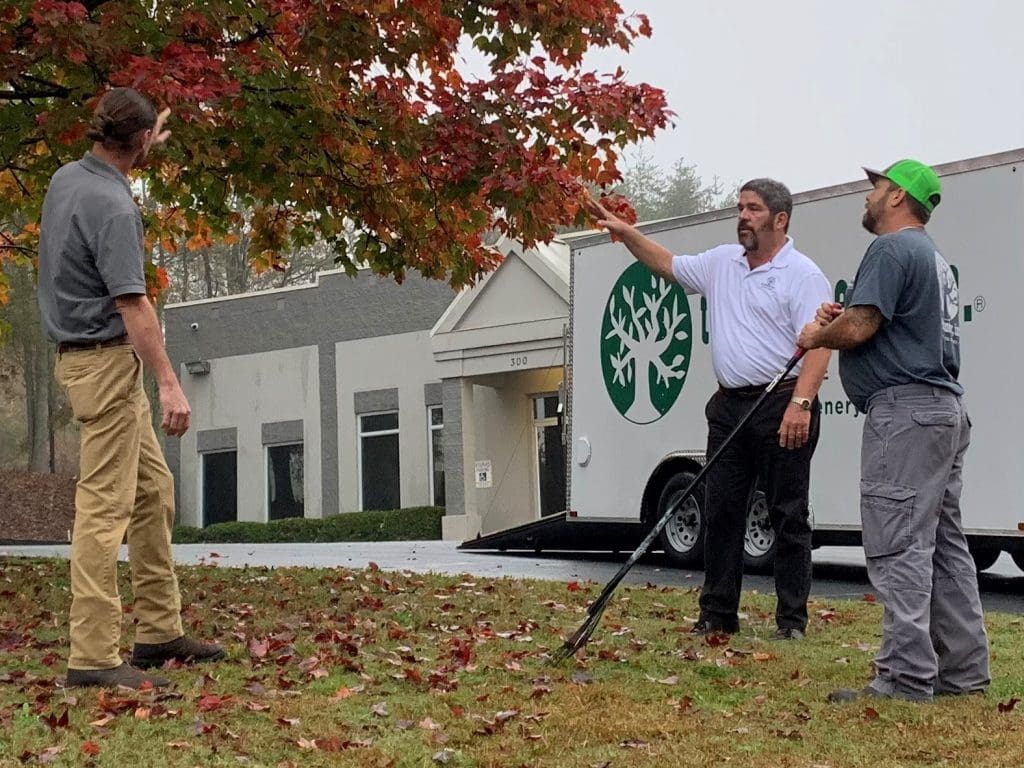
Photo: The Greenery Inc.
“Our market growth strategy is based on our ability to have seasoned leadership present in the new market a minimum of 2-3 days per week,” says Bill Davoli, COO of The Greenery. “Currently we are able to support and expand new operations from Charlotte, North Carolina, throughout South Carolina, Coastal Georgia to Central Florida.”
Yellowstone will also send experienced employees to get a new branch started. Barnes says they divide their branches into regions but doesn’t think there is any location that is too far away for them to maintain quality.
“While we are based on the east coast of Florida, all of our branches across Yellowstone have someone that they can speak to that is targeted in the area and lives in that area,” Barnes says. “While it may not be their specific city, they’re at least regionally in close proximity to them. I think that’s a good way for us to make sure about the quality because all of the regional vice presidents are still accessible and accountable to the larger company’s senior leadership team.”
Barnes also doesn’t think there is a magic number of the right number of branches to open.
“You’re only limited by the amount of people you have to lead those branches,” Barnes says.
Jones concurs and says that Massey could grow much faster than they do, but the limiting factor is having people ready for the opportunity. They tend to want a 20-minute radius to customers from their branch locations.
“That way they can be efficient because nobody ever makes money driving around,” Jones says. “Those trucks driving down the road are nothing more than a liability. So, we want them parked in front of the customer, servicing and generating revenue.”
Operational Consistency
As for how much operational consistency each branch needs to have, it varies depending on who you talk to. However, it is agreed the major operational elements like safety and financial reporting must be standardized.
“There are some things we leave open to the branches to decide what’s best for them, there are some things that aren’t open to them,” Barnes says.
While safety and how they secure their facilities are not negotiable, specific Yellowstone branches can decide how they want to celebrate their employees or conduct their monthly meetings. Key says while each Ruppert branch’s company culture and values are going to be the same, each will have their own personality with unique ways of recognizing accomplishments and connecting with clients.
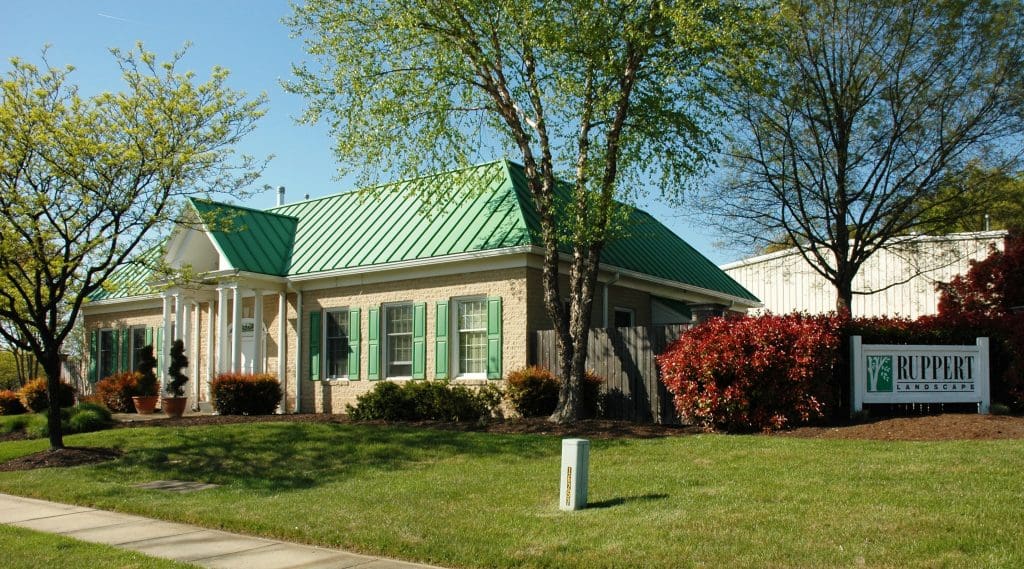
Photo: Ruppert Landscape
“Our goal with our decentralized branching structure is to provide our branches with the high-level support they need so that they can focus on the myriad details that most benefit their teams and their customers,” Key says. “We encourage every team member (and branch) to figure out new and innovative ways for us to be more efficient and quality-oriented. Ideas are shared, tested, and the good ones catch on quickly. This is where the regional and corporate support comes in, to ensure best practices and new ideas are shared between branches.”
Davoli says while quality is one of their primary measurables, how their branches attain quality is important as well.
“Things must be done safely as well as in a consistent and sustainable way,” he says. “We also have specific expectations as to our branding, to include vehicle and employee appearance, employee conduct, etc.”
Part of The Greenery’s success has been through operational consistency, but Davoli says they also trust their field teams, learn from them, and take their best practices back to their existing operations.
Jones says often when they find a branch is not performing well, it is because they are not following the set policies and procedures.
“We say there are three ways to do things around here,” Jones says. “The Massey way, the Massey way and the Massey way. That’s not the only way, but it’s our way and we know it works.”
Warning Signs to Watch For
Quality audits should be conducted on a regular basis to ensure branches are performing properly. At Massey, the quality assurance department is regularly looking at the metrics for any potential issues.
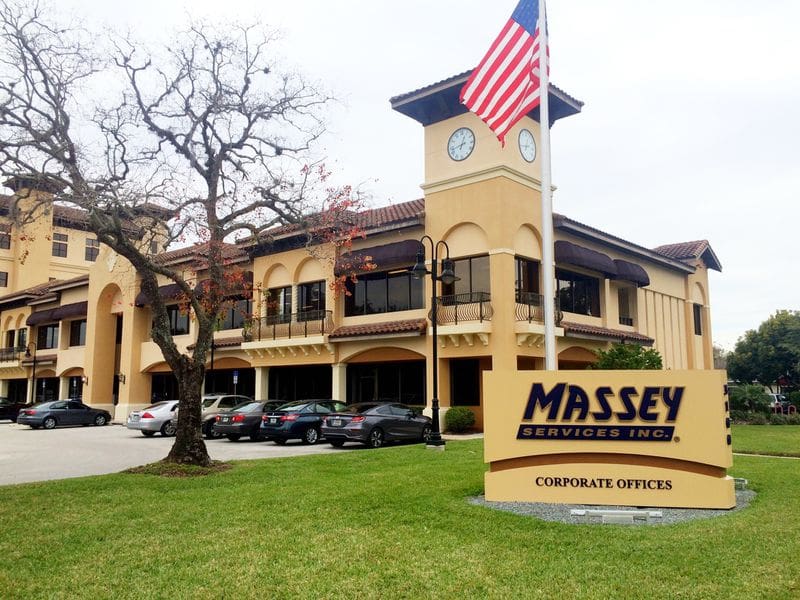
“We spend a good percentage of our time each month reviewing performances that are aligned to our key metrics and identifying service centers or even technicians we’re concerned with,” Jones says. “We analyze the business a lot. We measure a whole bunch of things in terms of productivity and quality and we see things sooner rather than later.”
Some of the indicators of service performance issues include bad debts, cancellations and calls for extra site visits.
“An office on a P&L may look great, but when you dig in you might find that there are four routes that are perfect and one route that’s a disaster,” Jones says. “But if you just look at the P&L you might never see that. So, we look at everything down to the route.”
The Greenery will look at retention rates and client surveys to gauge a branch’s quality level.
“In the landscape management division, we conduct annual customer surveys and customer satisfaction review meetings to gather feedback on how we are performing and where we can improve,” Key says. “Additionally, the customer renewal rate is an indicator of whether we are living up to our customers’ quality expectations. When customers don’t renew a contract, it can be a decision based purely on price, or it may be an indication that there was a slip in quality or attention to detail. Likewise, on the construction side, our greatest indicator of success is repeat business.”
Getting Back on Track
If a branch is failing for whatever reason, often the remedy is determining the root of the problem and providing the proper resources and support.

“We often use our tenured employees — many who have been with the company for 25+ years — to mentor younger team members and fledgling branches,” Key says. “By embedding more senior managers in a branch to spend quality, one-on-one time with branch team members, we are often able to better understand why a branch is struggling and what steps can be put in place to get them back on track. This might require an increased focus on scheduling, job hours, production, training or developing the branch’s leadership. We have found that with the right people and enough determination, even a struggling branch can be turned around.”
Likewise, Davoli says regional or corporate staff will increase their time on-site to mentor the local leadership team more, if a branch is falling short.
“We will send the underperforming team members to experience and train at one or more of our well-established branches,” Davoli says. “We will send the local teams to third-party industry-specific training seminars. Should these efforts still not produce the desired results, we will replace underperforming team members as needed.”
None of the companies have ever had to consider closing a branch due to poor performance. Jones says they would never give ground and close a branch, even if it wasn’t performing well.
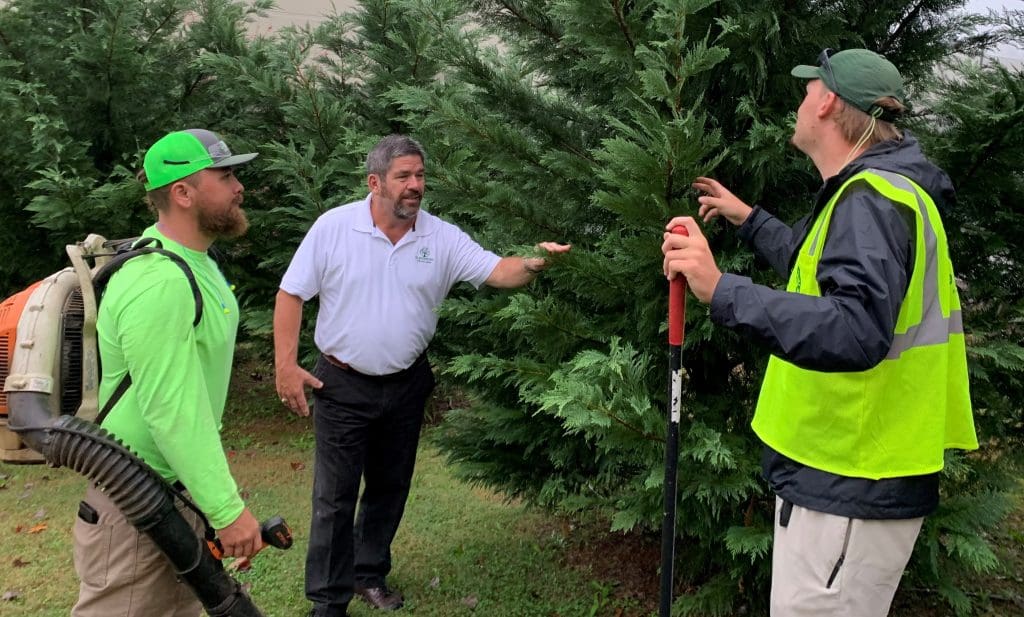
“‘It’s never the land, it’s always the man’ is the term we use around here,” Jones says. “It’s people. This is a people business. There are not bad markets. Every market is different, but you have to adapt and serve the needs of those markets.”
Barnes says if they ever encountered a location that didn’t seem to have the right leadership and team willing to do the right thing in their five areas of quality that would be the only time they would close a branch.
“If a team isn’t right, you’re never going to get them to care about the things that matter and you’re never going to get them to operate safely and take good care of customers,” Barnes says. “At that point, that becomes a drain on the brand and our image and negative impacts us, not just in that one branch location but as a company across the country.”

